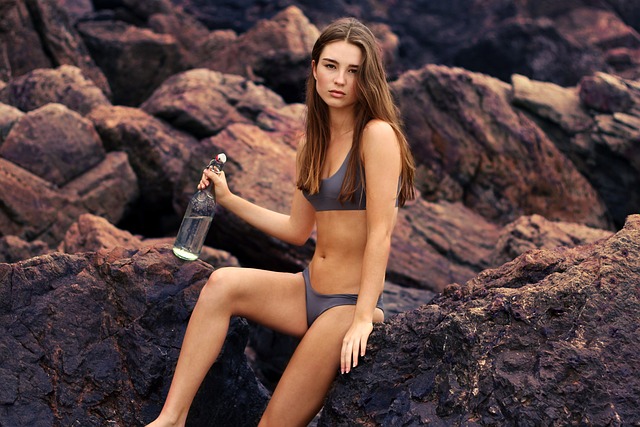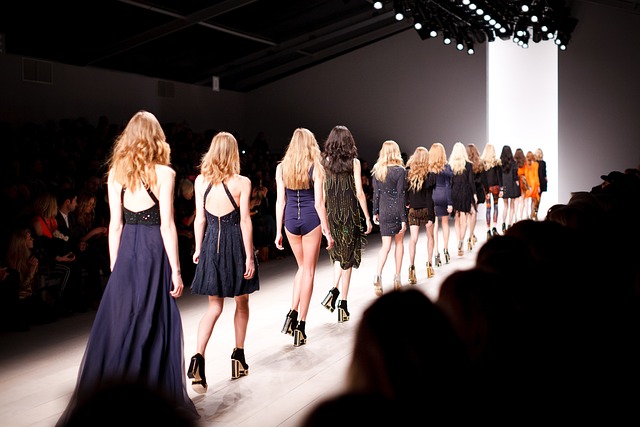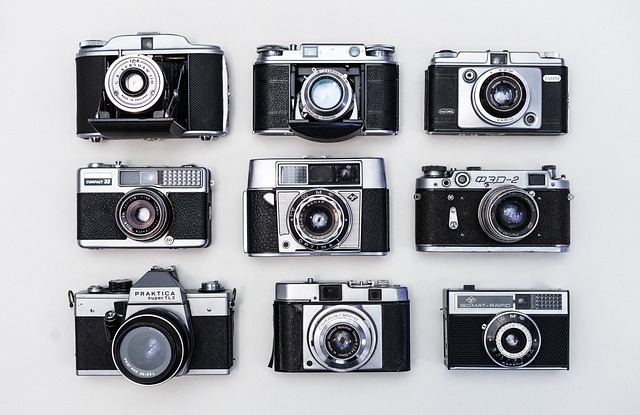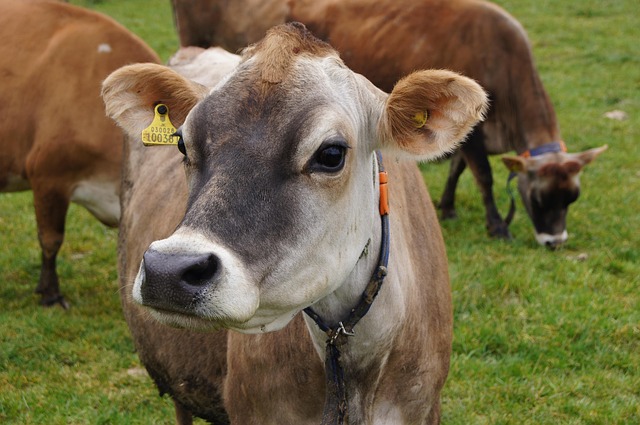Exploring the Evolution of Fashion Models
The world of fashion has always been an ever-changing landscape, with trends that come and go like the seasons. At the heart of this vibrant industry are models, who serve as the face of fashion, embodying the spirit of each collection and trend. The role of a model has evolved dramatically over the decades, reflecting cultural shifts, social movements, and the ever-changing perception of beauty.
In the early days of fashion, models were often considered little more than mannequins—silent figures who displayed clothes for designers and boutiques. The 20th century, however, saw the rise of iconic models who transformed the profession into a celebrated art form. Legends like Twiggy and Jean Shrimpton brought personality and charisma to the runway, demonstrating that a model was more than just a pretty face; they were storytellers, conveying the essence of a brand through their presence.
As fashion continued to evolve, the notion of what constitutes beauty began to expand. The 1990s introduced a new breed of supermodels—think Naomi Campbell, Cindy Crawford, and Linda Evangelista—who dominated both the catwalk and magazine covers. These women redefined the standards of the industry, showcasing a diverse and powerful image of femininity that spoke to the era’s cultural shifts. They became household names, symbolizing not only the clothing they wore but also the empowerment of women in society.
Fast forward to the digital age, and the role of a model has undergone another significant transformation. With the rise of social media platforms, many aspiring models have taken their careers into their own hands, cultivating personal brands and reaching audiences in ways that were once unimaginable. This democratization of fashion has led to an even greater diversity in representation, allowing voices from different backgrounds, body types, and genders to gain visibility in the industry.
Today, the conversation around body positivity and inclusivity continues to shape the role of a model. Brands are increasingly recognizing the importance of representing a broader spectrum of beauty. Models like Ashley Graham and Winnie Harlow are not just models—they are activists and advocates, pushing the boundaries and challenging societal norms. They are leading the way for future generations, inspiring young people to embrace their unique qualities and celebrate what makes them different.
As we look ahead, the evolution of fashion models will likely take us to new heights. Technology is changing the way we consume fashion, with virtual and augmented reality starting to create immersive experiences. Models of the future may not only walk runways but also inhabit digital spaces, showcasing collections in ways we have yet to fathom.
The journey of a model is much more than just stepping onto a runway or posing for a photograph. It is an ongoing narrative that reflects our collective experiences, cultural shifts, and ever-expanding definitions of beauty. As we continue to explore the evolution of fashion models, we do so with the understanding that they are not merely representations of clothing but powerful symbols of who we are as a society.




